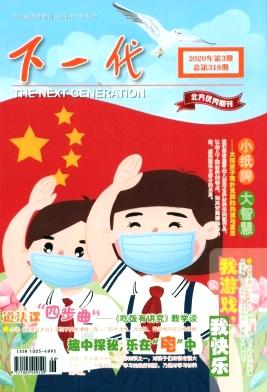Music mood classification based on lyrical analysis of Hindi songs using Latent Dirichlet Allocation
引用次数: 9
Abstract
For over a decade now, due to the introduction of UTF-8 encoding, the digitization of Hindi content has increased rapidly because of which Hindi-music has accomplished popularity on the web. The focus is to identify the emotion, a person is experiencing while listening to a song track. The aim of this research work is to analyze the lyrics of Hindi-language based songs, in order to detect the mood of the listener. We used unigram and term-frequency as the main features. The songs were reduced to a level where only relevant words will be used for mood-detection. We employ unsupervised machine learning namely topic-modeling (Latent Dirichlet Allocation model) for mining the mood out of every song in the corpus. We created our own dataset of 1900 songs consisting of Bollywood tracks, bhajans (spiritual prayers) and ghazals. A mood taxonomy is used to distinguish songs into Happy or Sad. Data is applied to LDA model to discover the hidden emotions within each song. At the end of experimentation, we compare the results with manually pre-annotated dataset for validation purpose and observe good results.基于潜在狄利克雷分配的印地语歌曲抒情分析的音乐情绪分类
十多年来,由于引入了UTF-8编码,印度语内容的数字化发展迅速,因为印度语音乐在网络上已经很受欢迎。重点是识别一个人在听一首歌时所经历的情感。本研究工作的目的是分析印度语歌曲的歌词,以检测听者的情绪。我们以单图和项频为主要特征。这些歌曲被减少到只使用相关单词进行情绪检测的水平。我们使用无监督机器学习即主题建模(潜狄利克雷分配模型)来挖掘语料库中每首歌的情绪。我们创建了自己的1900首歌曲的数据集,包括宝莱坞歌曲、bhajans(精神祈祷)和ghazals。情绪分类法用于将歌曲区分为快乐或悲伤。将数据应用于LDA模型,发现每首歌曲中隐藏的情感。在实验结束时,我们将结果与手动预标注的数据集进行比较以进行验证,并观察到良好的结果。
本文章由计算机程序翻译,如有差异,请以英文原文为准。
求助全文
约1分钟内获得全文
求助全文

 求助内容:
求助内容: 应助结果提醒方式:
应助结果提醒方式:


